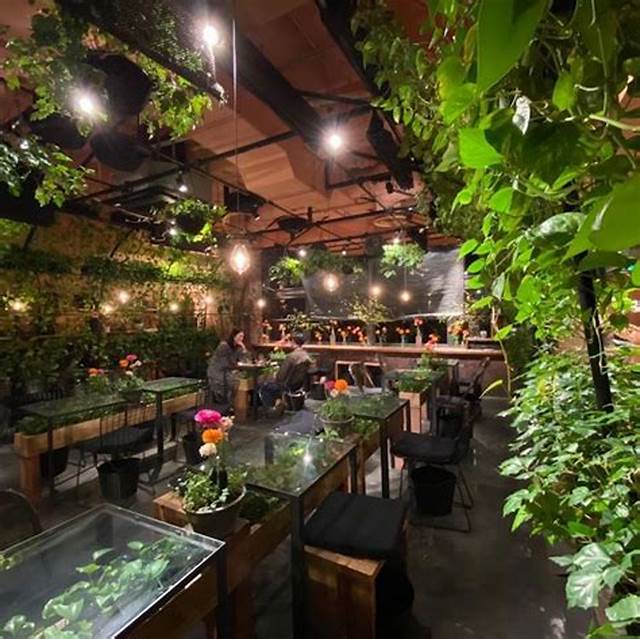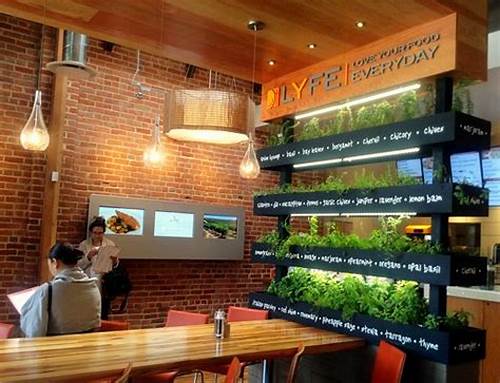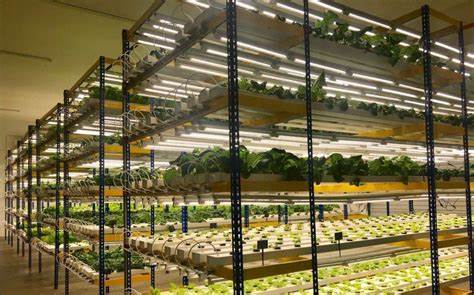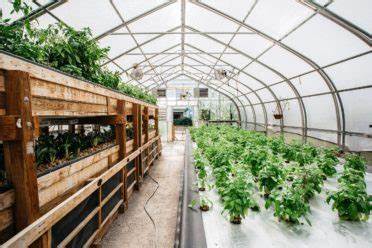
Vertical Farming: Revolutionizing Sustainable Restaurants
Introduction
In today’s rapidly changing world, the concept of vertical farming has emerged as a game-changer in the context of sustainable restaurants. Vertical farming refers to the practice of growing crops in vertically stacked layers, utilizing techniques such as hydroponics, aeroponics, and aquaponics. With the potential to revolutionize the future of food production, vertical farming holds immense importance for sustainable restaurants, offering a myriad of benefits.
Historical Background
Vertical farming, although relatively new, has its roots in the early developments of agriculture. The concept can be traced back to the ancient Hanging Gardens of Babylon, where plants were grown in a tiered structure. In recent years, vertical farming has gained significant attention, with pioneers advocating for its potential to address food security and sustainability challenges. The field has witnessed notable advancements, including the development of specialized LED lighting systems and automated control technologies for optimizing plant growth.
Key Concepts and Definitions
To understand the significance of vertical farming for sustainable restaurants, it is vital to define its core principles. Vertical farming entails the cultivation of crops in vertically stacked layers, using techniques that minimize the use of soil and maximize resource efficiency. Sustainable restaurants, on the other hand, place a strong emphasis on environmental and social responsibility, seeking to minimize their ecological footprint and promote ethical practices. Hydroponics, aeroponics, and aquaponics are key terms associated with vertical farming, referring to soilless cultivation methods that utilize water-based nutrient solutions, misting systems, and the integration of fish farming, respectively.

Main Discussion Points
Advantages of Vertical Farming
Vertical farming offers numerous advantages that make it an attractive prospect for sustainable restaurants. Firstly, the ability to grow crops year-round eliminates the dependency on seasonal variations, ensuring a stable supply of fresh produce regardless of external factors. Furthermore, vertical farming significantly reduces the need for pesticides and fertilizers, as the controlled environment minimizes the risk of pest infestations and nutrient leaching. Additionally, vertical farming systems are highly efficient in their water and energy usage, resulting in significant savings and a reduced environmental impact.
Impact on Sustainable Restaurants
The implementation of vertical farming in sustainable restaurants provides a host of benefits. By having on-site vertical farms, restaurants can source local, fresh, and organic produce, eliminating the need for long-distance transportation. This not only enhances the quality of ingredients but also reduces food miles and carbon emissions associated with transportation. Moreover, vertical farming allows restaurants to have complete traceability and transparency in their food sources, enhancing consumer trust and ensuring the highest standards of food safety.
Case Studies or Examples
Several real-world examples demonstrate the successful implementation of vertical farming in restaurants and businesses. For instance, The Plant, a vertical farm in Chicago, supplies fresh greens, herbs, and microgreens to its on-site brewery, café, and bakery. The restaurant industry is also witnessing the emergence of vertical farming startups like Bowery Farming, which utilizes advanced automation and artificial intelligence to optimize crop growth and yield. These establishments have experienced firsthand the benefits of vertical farming, including increased sustainability, reduced costs, and improved flavor profiles.

Current Trends or Developments
Ongoing research has shed light on the effectiveness and scalability of vertical farming. Studies have shown that vertical farming can achieve higher crop yields compared to conventional methods, with some estimates suggesting up to 10 times more output per square foot. Advancements in technology and innovation are also shaping the future of sustainable restaurants. Cutting-edge developments include the use of vertical farms integrated into high-rise buildings, allowing urban areas to become self-sufficient in food production. Additionally, advancements in LED lighting and sensor technologies are optimizing plant growth and resource utilization.
Challenges or Controversies
While vertical farming holds tremendous potential, it is not without its challenges. One common obstacle is the high initial costs associated with setting up vertical farming systems. The investment in specialized equipment, lighting, and automation can be substantial, requiring careful financial planning. Energy consumption is another concern, as the artificial lighting and climate control systems required for indoor farming can contribute to a significant carbon footprint. Additionally, differing viewpoints exist regarding the sustainability and economic viability of vertical farming, with some critics questioning its scalability and long-term profitability.

Future Outlook
Looking ahead, the growth and adoption of vertical farming in the restaurant industry are poised to accelerate. As technology advances and economies of scale are achieved, the initial costs of vertical farming systems are expected to decrease, making them more accessible to restaurants of all sizes. Innovations in vertical farming, such as the integration of renewable energy sources and the use of advanced data analytics, have the potential to further enhance sustainability and efficiency. Vertical farming is set to become an integral part of the restaurant industry’s journey towards a more sustainable future.
Conclusion
Vertical farming presents a revolutionary approach to sustainable food production, with immense potential for the restaurant industry. By providing year-round crop production, minimizing the use of pesticides and fertilizers, and optimizing resource efficiency, vertical farming can help restaurants become more sustainable and environmentally responsible. The implementation of on-site vertical farms can enhance the quality and freshness of ingredients, reduce carbon emissions, and improve traceability. As research and technological advancements continue, vertical farming is poised to shape the future of sustainable restaurants, ensuring a more secure and resilient food system for generations to come.




